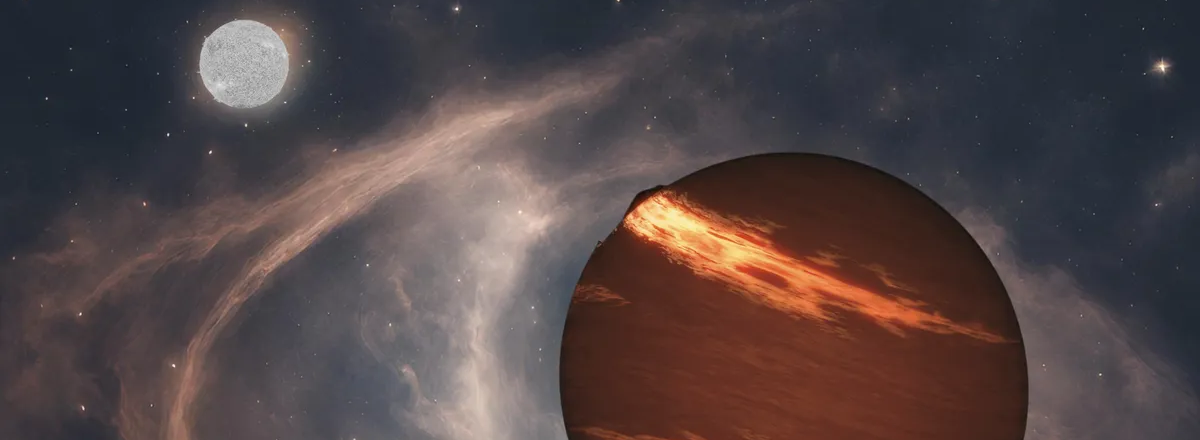Exoplanets Found Orbiting Dead Stars offer A Glimpse into Solar System's Future
These distant worlds bear a striking resemblance to our gas giants, Jupiter and Saturn, providing a rare opportunity to study planetary systems in the aftermath of stellar death.

The James Webb Space Telescope (JWST) has made a discovery, offering a glimpse into the future of our solar system after the demise of the Sun. Observations by the JWST have revealed two exoplanets orbiting dead stars, known as white dwarfs.
These distant worlds bear a striking resemblance to our gas giants, Jupiter and Saturn, providing a rare opportunity to study planetary systems in the aftermath of stellar death. The white dwarfs, remnants of once-massive stars, offer a preview of the Sun's eventual fate.
Located at distances comparable to the outer planets in our own solar system, these exoplanets challenge existing theories about planetary evolution. The discovery sheds light on the potential fate of worlds beyond Mars when the Sun transitions into a white dwarf, engulfing inner planets in its final stages.
The detection of these exoplanets represents a significant milestone in astronomical research. Unlike most exoplanets, which are detected indirectly, these worlds were directly imaged by the JWST, enabling detailed study of their atmospheres and properties.

